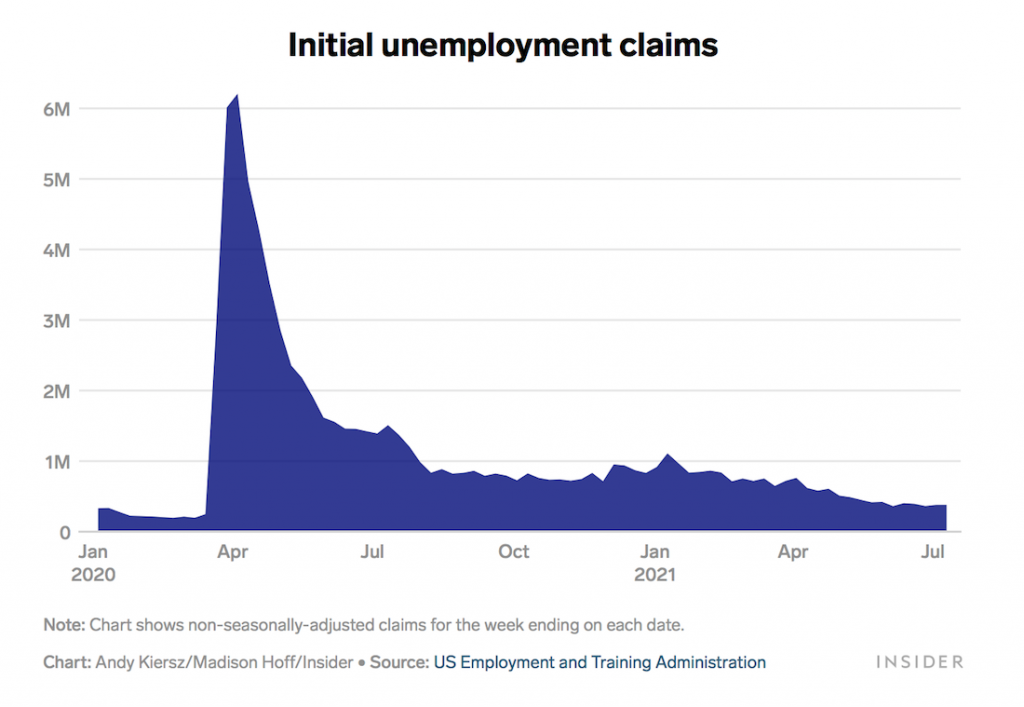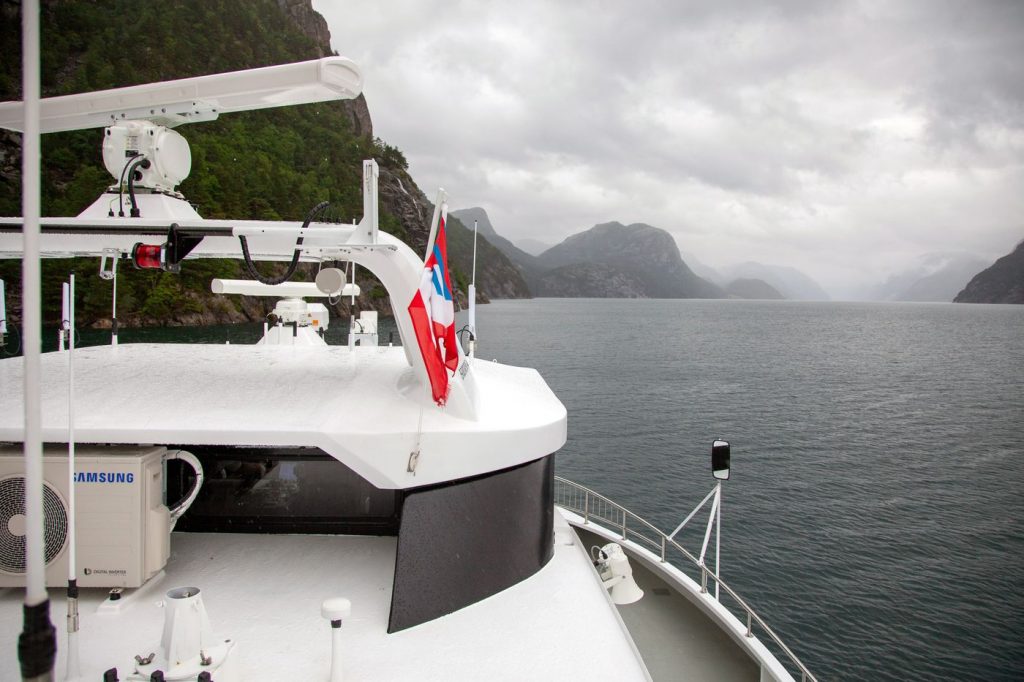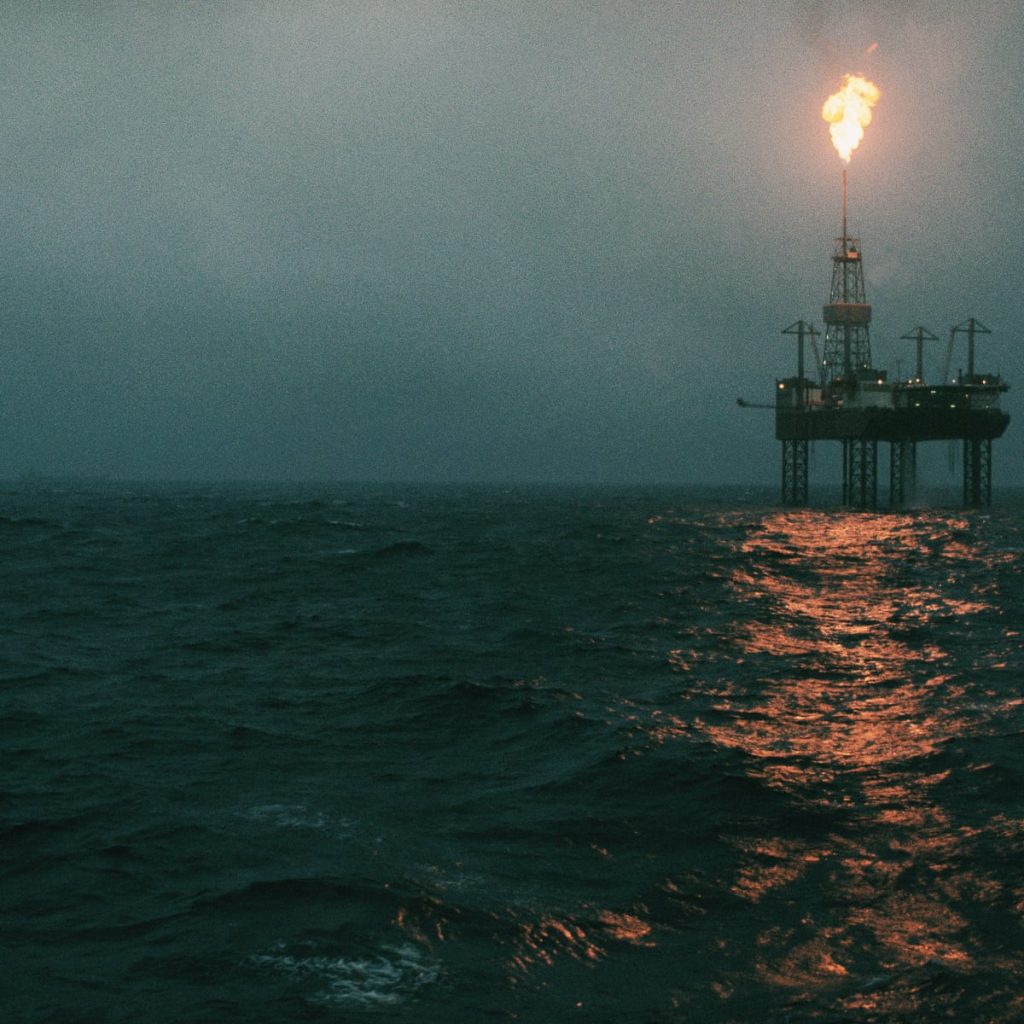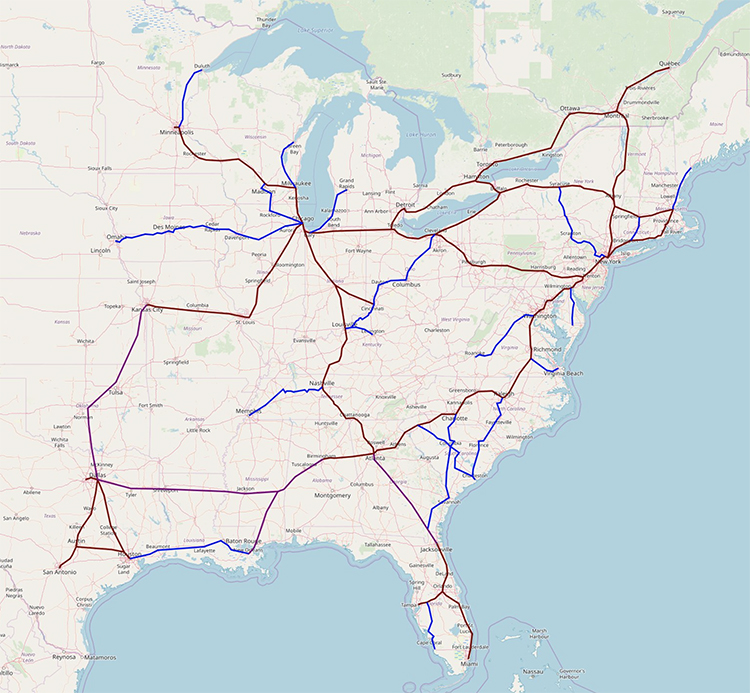The once-in-a-generation opportunity to repair and rebuild infrastructure across the country is also a once-in-a-not-soon-enough siren call to private equity to interrupt, disrupt and corrupt:
Legislation with the size and scope of the $4 trillion “Build Back Better” agenda is like a Bat-Signal for lobbyists, urging them to swarm Capitol Hill without delay. Literally thousands of companies, organizations, and trade groups have lobbied on one or more of the bills in this package. But one industry’s representatives keep showing up over and over again, whether in formal lobbying sessions in Congress or more informal meetings: private equity.
“At every point, private equity lines up at the trough,” said one observer close to the discussions. “There’s just somebody in every fucking meeting.”
Private equity lobbyists have multiple interests in the bills being discussed. They obviously want to keep any tax increases away from their industries, and successfully fought to keep tax hikes out of the $550 billion bipartisan infrastructure bill, which is slated for a House vote on September 27. Those tax hikes got shifted to the reconciliation package known in Washington as the Build Back Better Act, and private equity has kept up the pressure there.
But the industry has another reason to be involved in the reconciliation bill. The blueprint includes hundreds of billions of dollars in investments to expand home and community-based services for elderly and disabled people under Medicaid (initially set at $400 billion over ten years), and to provide subsidies for high-quality child care programs (set at $225 billion). Private equity happens to be deeply invested in both of these industries, with dozens of home care and child care companies in their portfolios.
So, people should just be aware. Like accounting gimmicks from the political opposition and in the media that will make $3.5T over ten years sound like too much in an +$20T per year country (narrator: it’s Not), also be advised about all the beaks dipping toward the puddle as it gets sliced and diced. Let’s not get distracted about who is doing what – or why they might be whining about it.
Like we say, a country that can drop a small SUV on Mars from a helicopter and watch it drive around in real time can afford to fix any problem – except where stupidity and corruption won’t allow it.





